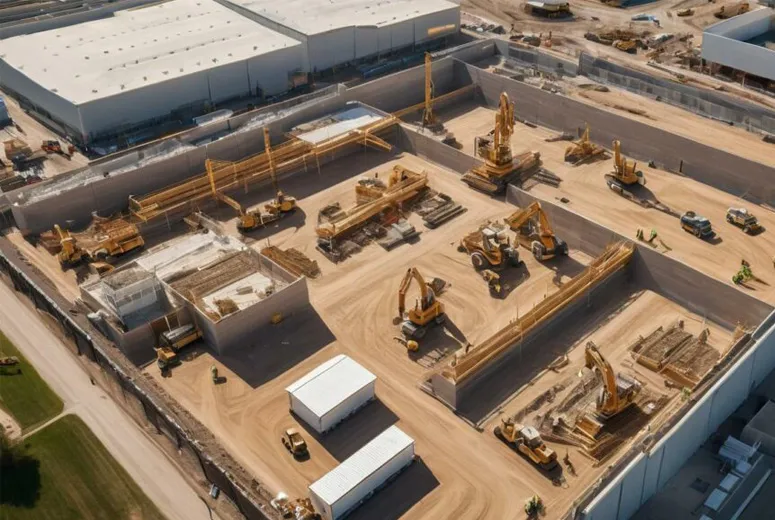- Afrikaans
- Albanian
- Amharic
- Arabic
- Armenian
- Azerbaijani
- Basque
- Belarusian
- Bengali
- Bosnian
- Bulgarian
- Catalan
- Cebuano
- Corsican
- Croatian
- Czech
- Danish
- Dutch
- English
- Esperanto
- Estonian
- Finnish
- French
- Frisian
- Galician
- Georgian
- German
- Greek
- Gujarati
- Haitian Creole
- hausa
- hawaiian
- Hebrew
- Hindi
- Miao
- Hungarian
- Icelandic
- igbo
- Indonesian
- irish
- Italian
- Japanese
- Javanese
- Kannada
- kazakh
- Khmer
- Rwandese
- Korean
- Kurdish
- Kyrgyz
- Lao
- Latin
- Latvian
- Lithuanian
- Luxembourgish
- Macedonian
- Malgashi
- Malay
- Malayalam
- Maltese
- Maori
- Marathi
- Mongolian
- Myanmar
- Nepali
- Norwegian
- Norwegian
- Occitan
- Pashto
- Persian
- Polish
- Portuguese
- Punjabi
- Romanian
- Russian
- Samoan
- Scottish Gaelic
- Serbian
- Sesotho
- Shona
- Sindhi
- Sinhala
- Slovak
- Slovenian
- Somali
- Spanish
- Sundanese
- Swahili
- Swedish
- Tagalog
- Tajik
- Tamil
- Tatar
- Telugu
- Thai
- Turkish
- Turkmen
- Ukrainian
- Urdu
- Uighur
- Uzbek
- Vietnamese
- Welsh
- Bantu
- Yiddish
- Yoruba
- Zulu
Nov . 24, 2024 11:47 Back to list
Understanding Agricultural Building Prices Key Factors and Trends
Agricultural buildings play a crucial role in farming operations, serving various purposes ranging from storage to livestock housing and equipment maintenance. As the agricultural sector evolves, so do the prices associated with constructing and maintaining these essential structures. This article aims to explore the key factors influencing agricultural building prices, emerging trends in the industry, and tips for farmers and agricultural enterprises looking to invest in new buildings.
Key Factors Influencing Agricultural Building Prices
1. Material Costs One of the most significant factors determining the price of agricultural buildings is the cost of materials. The prices for steel, wood, concrete, and insulation can fluctuate based on supply chain dynamics, global demand, and regional availability. For instance, if there is a surge in demand for steel in the construction industry, it can lead to increased prices for steel components used in agricultural buildings.
2. Labor Costs Labor availability and wages also impact agricultural building prices. In many regions, labor shortages can drive up costs as contractors may charge more to ensure their workforce is adequately compensated. Conversely, in areas with a surplus of labor, costs may be more stable or even decrease.
3. Design and Specifications The complexity of the design and specific requirements for agricultural buildings can significantly affect price. Structures designed for specialized purposes, such as climate-controlled environments for livestock or high-tech storage facilities for crops, often come with higher price tags due to the need for advanced materials and engineering solutions.
4. Location Regional economic conditions and geographical factors can influence agricultural building prices. For example, prices may be higher in urban areas where land is scarce and expensive, whereas rural locations may offer lower prices due to more available land and labor resources.
5. Regulatory and Permit Costs Compliance with local zoning laws, building codes, and environmental regulations can also add to the costs of agricultural buildings. Obtaining the necessary permits can be a time-consuming process and may require additional expenses for surveys, inspections, or consultant fees.
6. Market Demand As the agricultural landscape changes, so does the demand for various types of buildings. With an increasing focus on sustainability and efficiency, many farmers are investing in modern structures designed to be energy-efficient and environmentally friendly. This shift can drive up prices for innovative building solutions.
agricultural building prices

Emerging Trends in Agricultural Building Construction
The agricultural sector is seeing several trends that are likely to impact building prices in the coming years
1. Sustainability There is a growing emphasis on sustainable agricultural practices. More farmers are opting for eco-friendly materials and energy-efficient designs, which may have higher upfront costs but can lead to long-term savings through reduced energy consumption.
2. Smart Technology The integration of technology is transforming how agricultural buildings are designed and utilized. Smart sensors, automated systems for climate control, and advanced irrigation solutions are becoming standard. While these innovations can elevate initial costs, they promise increased operational efficiency and productivity.
3. Modular Construction As costs and timelines become more critical, modular construction techniques are gaining popularity. These techniques involve pre-fabricating building sections in a controlled environment before transporting them to the site for assembly. This method can save time and reduce labor costs, ultimately influencing overall building prices.
4. Resilience to Climate Change Increasingly erratic weather patterns necessitate buildings that can withstand extreme conditions. Structures that incorporate resilient design principles may have higher costs but can provide better protection for livestock and crops, ensuring a stable investment.
Conclusion
Understanding the various factors that influence agricultural building prices is essential for farmers and agricultural businesses. By considering material and labor costs, location, regulatory requirements, and emerging trends, stakeholders can make informed decisions regarding their investments in agricultural infrastructure. As the industry continues to evolve, staying updated on market conditions and technological advancements will be critical for maximizing value and ensuring the longevity of agricultural enterprises. By strategically planning and investing in appropriate building solutions, farmers can enhance their productivity, sustainability, and overall success in the ever-changing agricultural landscape.
-
How Do Prefabricated Steel Structures Transform Modern Construction?
NewsJul.14,2025
-
How Do Prefabricated Metal Buildings Redefine Modern Construction?
NewsJul.14,2025
-
How Do Prefab Insulated Metal Buildings and Steel Structures Revolutionize Modern Construction?
NewsJul.14,2025
-
How Do Pre - Engineered Steel Structures Redefine Modern Construction?
NewsJul.14,2025
-
Advancing Modular Construction with Prefabricated Metal Structures
NewsJul.14,2025
-
Advancing Industrial Infrastructure with Prefabricated Steel Solutions
NewsJul.14,2025
Products categories
Our Latest News
We have a professional design team and an excellent production and construction team.












